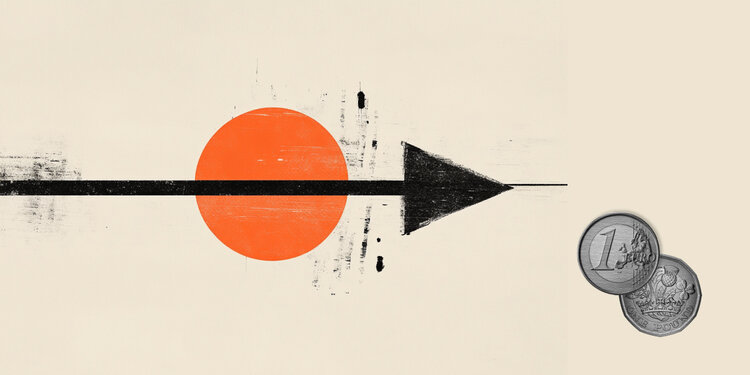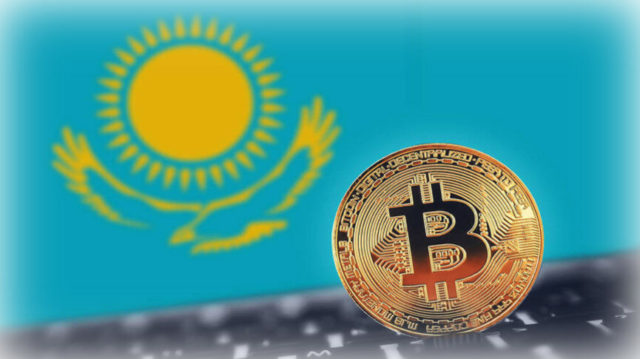About 60% of the land in European Union It’s from UK – an area larger than Alaska and Texas combined – are under warning or alert from dry according to the European Drought Observatory.
The findings were based on data from a 10-day period near the end of July. The monitor said that 45% of the land is now covered by “warnings”, meaning there is a deficit of soil moisture, while 15% is under the most severe level of “alerts”, where vegetation is stressed – suffering from the lack of water.
The data coincided with a report published Monday by the European Union’s climate monitoring agency Copernicus, which said much of Europe experienced a drier-than-average July, with several local records broken for lows. rains in the west, and drought reaching several parts of the southwest and southeast of the continent.
These conditions have facilitated the spread and intensification of wildfires – which also happens when countries face consecutive brutal heat waves like now, when Europe experiences one of the hottest summers on record on the continent.
The new data comes as the world grapples with a food crisis that is easing as Russia lifts its blockade on Ukrainian grain exports.
Extreme weather problems and a lack of supply chain have worsened the crisis and are likely to persist for some time.
A recent report by the Joint Research Centre, the scientific service of the European Commission, predicts an 8-9% drop in maize, sunflower and soybean production in the EU due to hot and dry conditions during the summer, well below the annual average.
Copernicus Senior Scientist Freja Vamborg points out that “dry conditions from previous months, combined with high temperatures and low rainfall rates observed in many areas during July, can have adverse effects on agricultural production and other industries such as river transport. and energy production”.
Months with little rain
In July, water reservoirs in several parts of Europe were at very low levels, insufficient to sustain demand, according to Copernicus data.
The south of England experienced its driest July since records began in 1836, while the entire UK had the driest July in over 20 years. The UK saw just 46.3mm (56%) of its average rainfall for the month after a long period with drier-than-average months, with the exception of February.
In France, July recorded a total rainfall of 9.7 mm, making it the driest July since records began in 1959 and representing an 85% rainfall deficit compared to the 1991-2020 average.
In Italy, meanwhile, the lack of rain since December 2021 has hit parts of the north of the country, and the Po River dried up completely in places earlier this summer.
In mid-July, in Cremona – in the middle of the Po -, the water was more than 8 meters below “hydrographic zero”, impacting the production of hydropower, agriculture and transport.
Copernicus said the situation had improved due to rains at the end of the month, which brought a 40 centimeter rise to the river, although hydroelectric production in the region is still affected.
July was also one of the three warmest months on record globally, about 0.4 degrees Celsius above the 1991-2020 average, and the sixth hottest month of July in Europe, Copernicus said.
Spain, France and the UK all experienced at least one day above 40 degrees Celsius in the past month. In the UK, temperatures soared to over 40 degrees Celsius on 19 July, with the English village of Coningsby recording 40.3 degrees for the first time.
Meanwhile, Spain recorded its hottest July in more than 60 years on Monday.
“July 2022 was extremely hot in Spain, the hottest since at least 1961, with an average temperature of 25.6°C, which is 2.7°C above the normal average,” said the country’s national meteorological agency, AEMET. , in a post on Twitter. “July 2022 was 0.2ºC higher than July 2015, which until now was the year with the warmest July,” he added.
Benjamin Brown and Molly Stazicker also contributed to this story.
Source: CNN Brasil
I’m James Harper, a highly experienced and accomplished news writer for World Stock Market. I have been writing in the Politics section of the website for over five years, providing readers with up-to-date and insightful information about current events in politics. My work is widely read and respected by many industry professionals as well as laymen.







